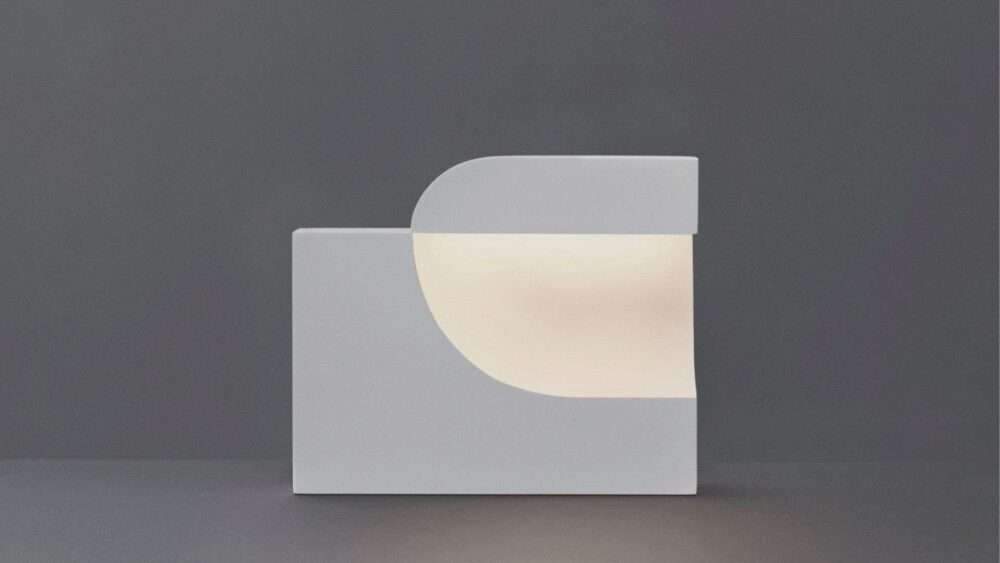Is Flushing Water Convincing? Rethinking Our Daily Habits in Light of Sustainability
Is Flushing Water Convincing? Rethinking Our Daily Habits in Light of Sustainability
In today’s modern world, flushing toilets are an essential part of our daily lives. But is the use of flushing water, commonly known as “siphon water,” really convincing from an environmental perspective? When we look at history, things were quite different people used dry toilets, and although it was inconvenient at times, it didn’t generate the huge amounts of gray water that flushing toilets do today. Let’s dive into this question with a critical lens, examining statistics and exploring the latest solutions.
A Glimpse into the Past
Before the invention of flushing toilets, human waste management was based on the dry disposal method a system that may seem uncomfortable for us today, but it had fewer impacts in terms of water consumption. These systems, though unsophisticated, did not involve vast amounts of water, avoiding the massive waste of a precious resource that occurs today. The introduction of flushing toilets in the late 19th century changed the game completely, bringing convenience and hygiene but also a hidden cost that’s rarely discussed: water consumption.
According to a report by the World Health Organization (WHO), nearly 30% of household water consumption in developed countries comes from flushing toilets. That’s equivalent to an average of 30-50 liters of water per person per day, simply going down the drain. For a household of four, this can mean over 45,000 liters of water annually just for flushing. While the system serves its purpose in keeping homes clean and managing waste effectively, it’s worth questioning: is this level of consumption sustainable for the planet?
The Environmental Cost of Flushing Toilets
One of the major drawbacks of using water for flushing is the generation of what’s known as gray water – wastewater that is not entirely solid waste but still needs treatment before it can be safely reintroduced into the environment. The process of treating this wastewater is resource-intensive. The United Nations Environment Programme (UNEP) estimates that approximately 25% of global freshwater consumption is linked to wastewater generation, and a significant portion of this is attributed to household sanitation practices.
With an increasing population, the pressure on freshwater resources is growing. The demand for sanitation systems is rising, particularly in urban areas. The United Nations World Water Development Report of 2021 highlighted that by 2030, almost half of the global population will be living in water-stressed areas. The overuse of water in basic household processes, like flushing, is a serious concern that requires urgent attention.
Modern Solutions: Rethinking the Flushing System
The world is gradually recognizing that the traditional flushing toilet might not be the most sustainable solution. Alternatives have been developed to reduce water usage and minimize environmental impact. For instance, dual-flush toilets have been introduced as a compromise between hygiene and sustainability. These systems use a lower volume of water for liquid waste and a higher volume for solid waste, reducing average water consumption by up to 67%, according to the Environmental Protection Agency (EPA).
Composting toilets are also gaining attention in areas with limited water resources. These toilets operate without water, relying instead on aerobic decomposition to break down waste into compost. While they require more maintenance and aren’t as widespread in urban environments, composting toilets represent an eco-friendly alternative that significantly reduces water use.
In addition, gray water recycling systems are being implemented in some buildings to reuse water from sinks, showers, and washing machines for flushing purposes. This reduces the demand for freshwater and recycles water that would otherwise be discarded. According to a study by the European Water Association (EWA), greywater recycling could potentially reduce water consumption in households by up to 50%.
Is Flushing Water Still Convincing?
If we look at the big picture, the use of water for flushing, while effective from a hygiene perspective, raises substantial sustainability questions. For millions around the world facing water scarcity, the idea of using liters of clean water to flush away waste is becoming increasingly questionable. The current model of flushing toilets is not necessarily aligned with sustainable living in the 21st century.
To truly rethink how we manage waste, we need to explore other options that consider both our comfort and the future of our planet. Whether that means adopting dry toilet systems in specific regions, promoting dual-flush technology, or implementing gray water systems, the shift requires both technological innovation and a change in public perception.
A Future with Smarter Waste Management
The way forward involves a blend of solutions. Governments, architects, and urban planners need to collaborate to design infrastructure that not only caters to the needs of individuals but also conserves water for future generations. Imagine a future where flushing toilets use only recycled water, or where biological waste becomes a resource rather than a liability. It’s not just about technology it’s about changing mindsets.
In conclusion, while flushing water has become synonymous with modern comfort, its sustainability is increasingly coming under scrutiny. By rethinking the role of water in sanitation and promoting innovative, water-saving technologies, we can aim for a future where our comfort does not come at the expense of our environment. It’s time to revisit the question: Is flushing water convincing, or can we do better?







